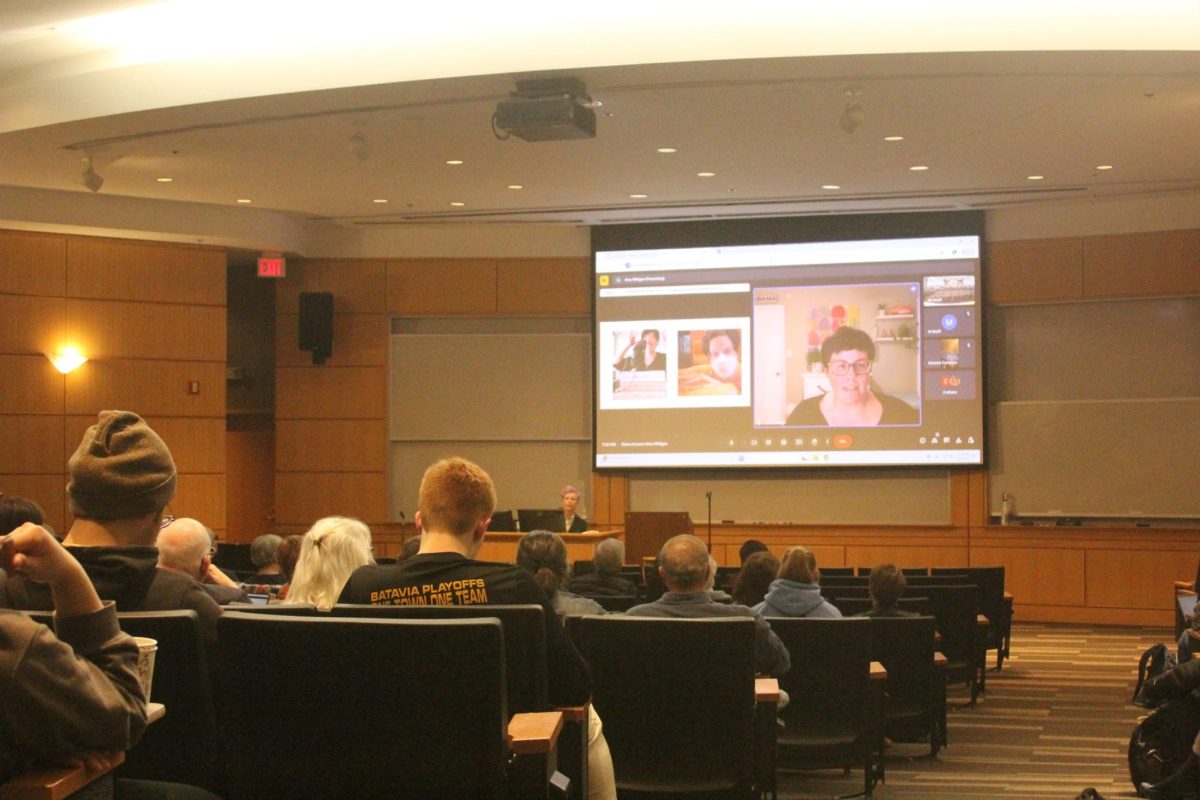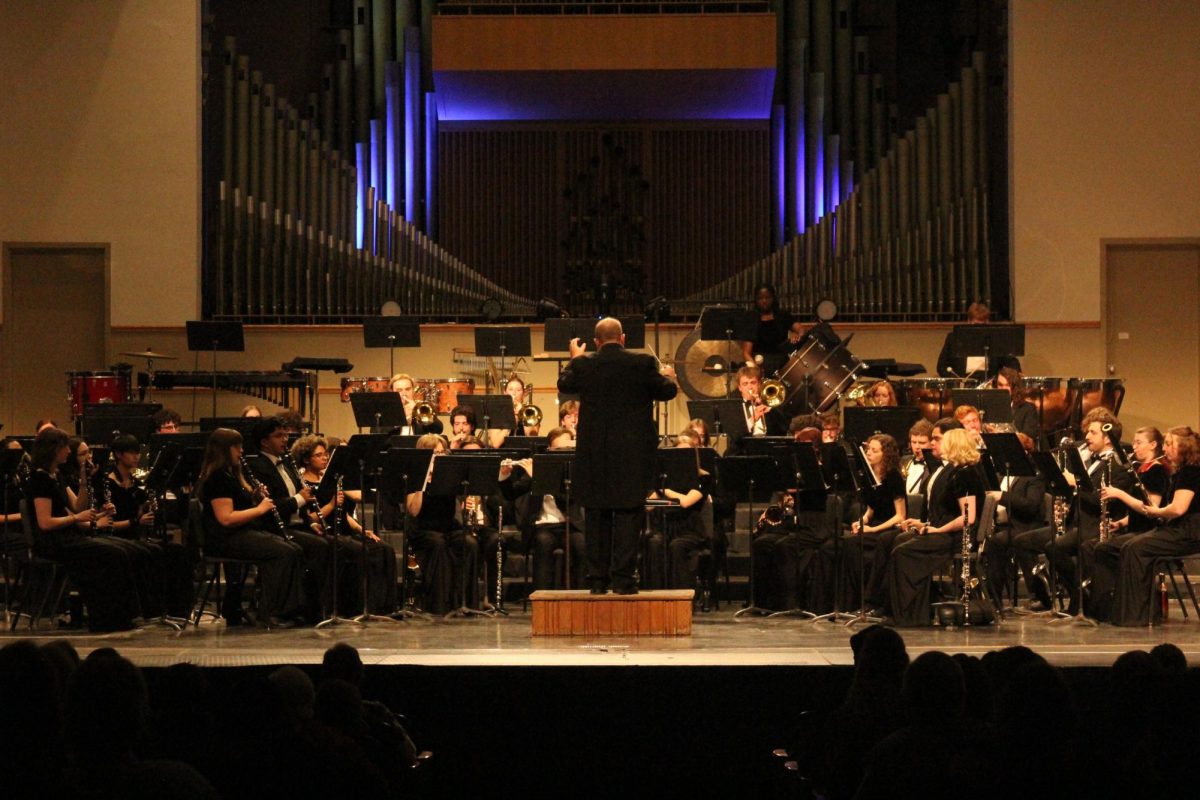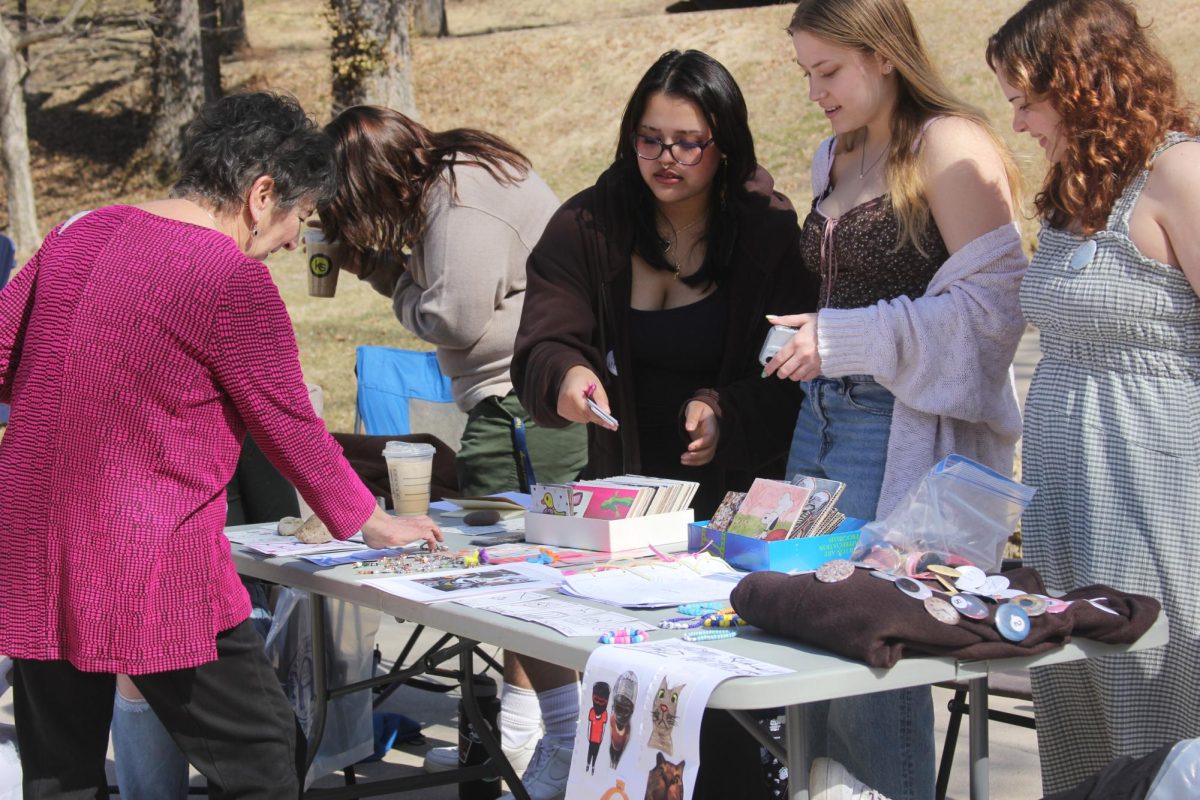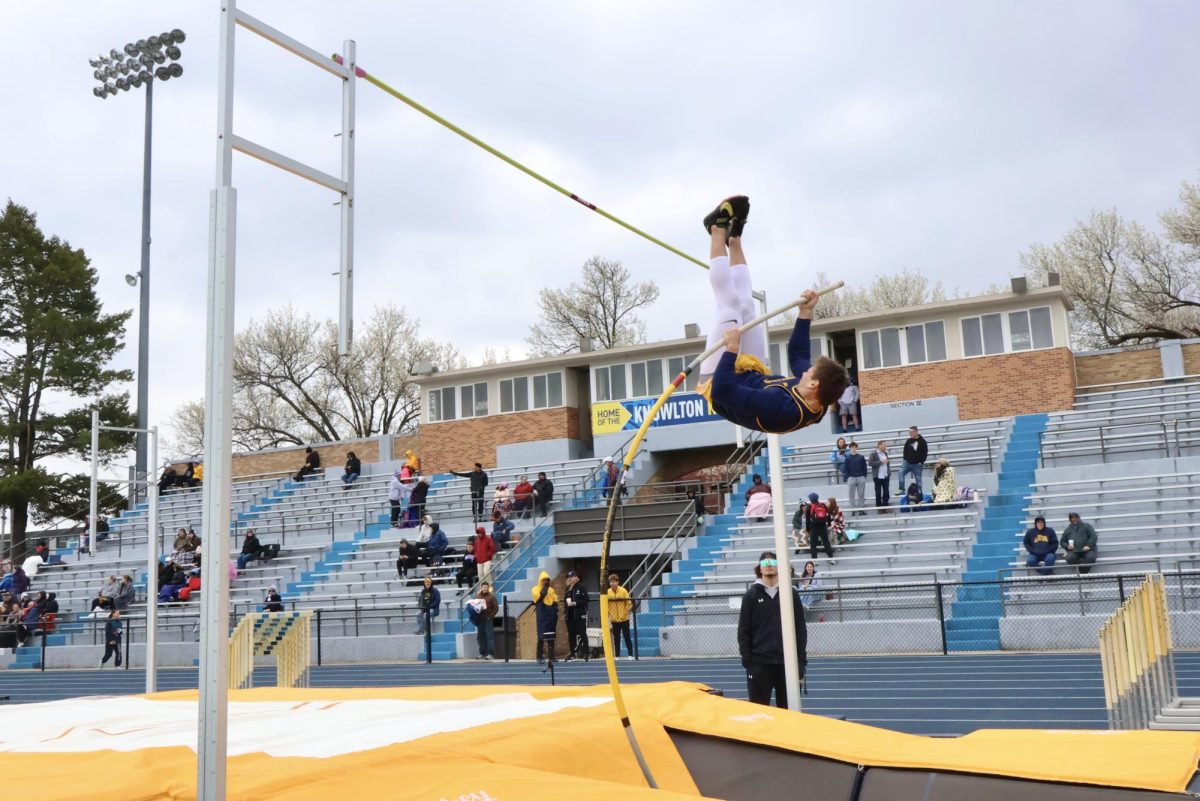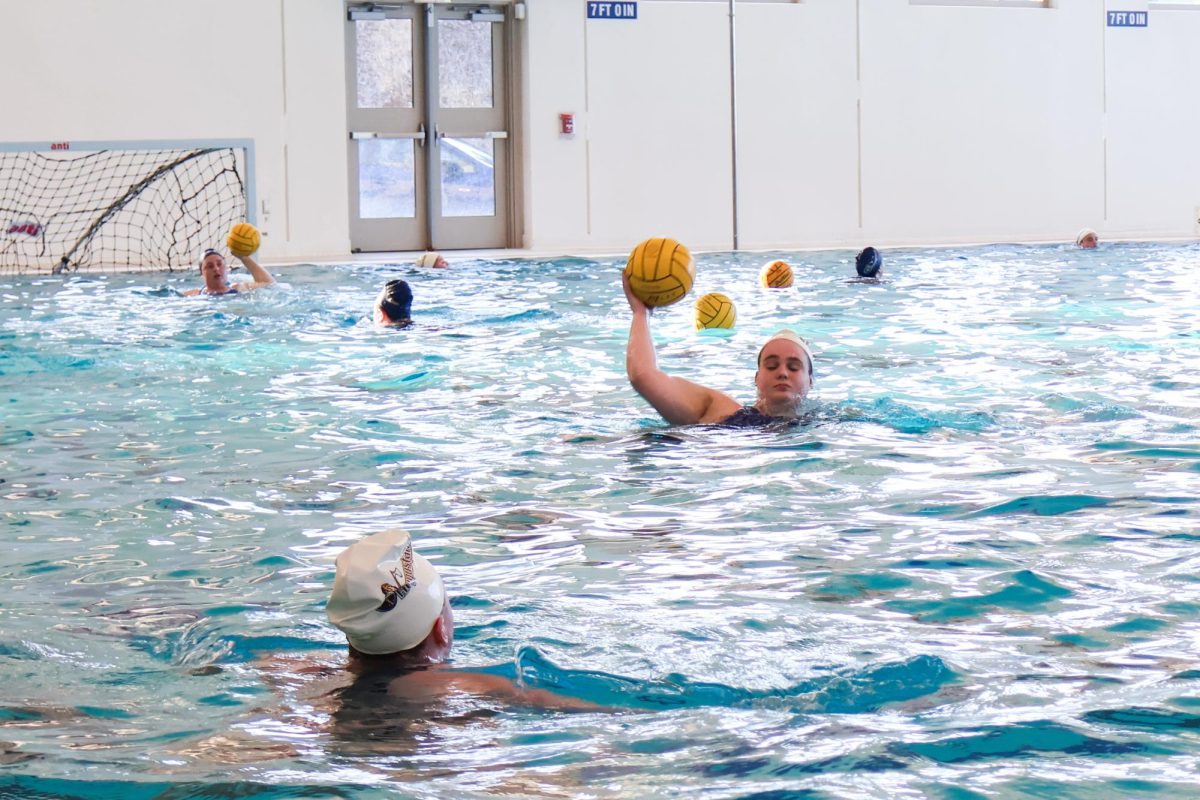As colder weather envelopes us in its harsh temperatures, Augustana students have another hurdle to cross as they walk to class: slipping on unsalted ice.
With winter approaching faster than we can admit, the change in temperature and environment may baffle students. Students more used to warm weather will have to learn to face the harsh winters the Midwest is known for. However, outside of the challenges of procuring winter clothes, another main issue is the distribution of salt, used to help get traction on areas covered with ice.
Having this on campus is vital for students to get to class without falling or risking being injured. Having more salt in heavy foot traffic areas is one way to resolve this, but there are still some issues.
The Obama Bridge that leads up to Swanson Commons is one of the heavy foot traffic areas. With this being the easiest route to the dorm, the assumption is that the bridge would be heavily salted from beginning to end.
Unfortunately, that is not always the case. When winter approached and ice covered the bridge during my sophomore year in Swanson, several other students and I kept falling over a big patch of ice that covered the entire width on the side of the bridge right by the dorms. The sidewalks that led to the Naeseth TLAs were also barely salted, which resulted in students falling whenever they left their apartments.
While the salt can only raise the temperature of the ice by a few degrees, this still makes a difference for students.
One of the major changes that Augustana has made with the campus layout is getting rid of the handrails that lead up to the Westerlin Residence Hall. With the walkway to Westerlin being on a slope, students have a higher chance of slipping on the sidewalk but were able to break their fall or prevent one with the help of the handrails. The school has not added replacement handrails.
During my time in Westerlin, my first year leaving a J-term class, students would fall left and right on the slope but caught themselves with the handrail and used it as a guide to carefully walk up the hill. Now that it’s gone, students are more likely to slip and fall and possibly injure themselves on their way to or from class.
Yes, the argument can be made that students need to be more careful and that they should walk in the snow, but why would the college take out the handrails when the slope is known for students falling on it during winter?
During this time of year, students are stressed enough. The last thing they should be worried about is if they make it to class without slipping and falling on the sidewalk. Reinstalling a handrail and putting more salt on high foot traffic areas would help students be at less risk of falling while on their way to class and be more focused on passing their finals.


